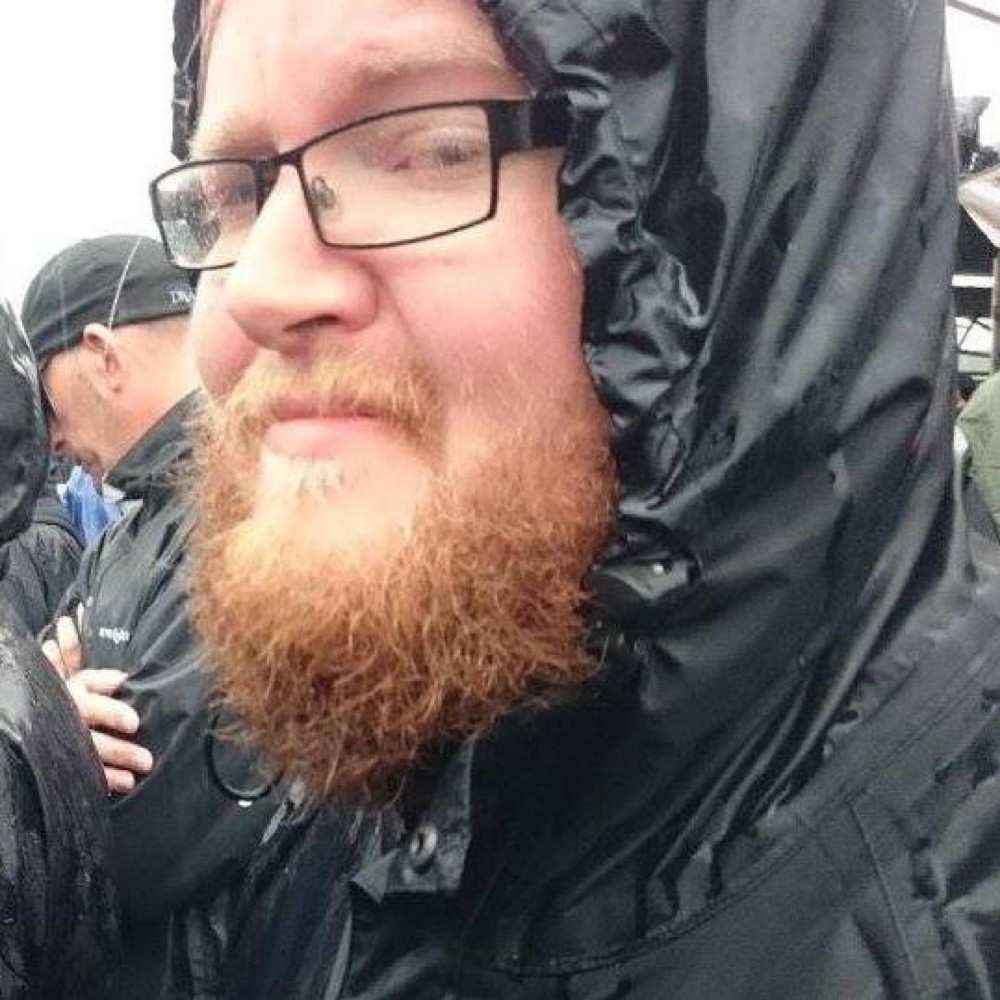Stargazers: rejoice! The Delta Aquariids meteor shower is set to peak tonight, with a variety of shooting stars likely to beam across the night sky.
However, in order to see the meteors, you will need to look in the right direction – and hope the weather won't be too dreary.
There are several meteor showers over the coming days, with the Delta Aquariids, Perseids and Alpha Capricornids visible in the sky this week. You can find more details in our meteor shower calendar.
When can you see the Delta Aquariids meteor shower 2023 in the UK?
The Delta Aquariids meteor shower can be seen in the UK between 12 July to 23 August 2023. This meteor shower is set to peak on Sunday 30 July at around 3:30am BST.
Royal Museums Greenwich explains that the meteor shower offers viewers a “steady stream of meteors over several days but a low rate per hour.”It’s worth pointing out that the number of visible meteors should reduce in the days following the peak of the shower on 30 July.
What is a meteor shower?
A meteor shower happens when the Earth’s orbit around the Sun takes us through a stream of debris that has broken off of a comet. Those lines and steaks you see in the sky come from the debris colliding with and burning up in the Earth’s atmosphere.
When a comet breaks apart, often due to the melting of ice as it passes by the Sun, pieces of rock create a trail of dust in its wake. The peak of a meteor shower occurs when the Earth’s orbit passes through the densest section of the dust cloud/stream left behind by a comet.
It’s likely that the debris from the annual Delta Aquariid shower originated from Comet 96P/Macholz . There is some suggestion, however, from some astronomers that the dust comes from the Marsden and Kracht comets.
How can I see the Delta Aquariids meteor shower?
To see the Delta Aquariids meteor shower, you will need to gaze up above the southern horizon. The radiant of the shower (the point at which the stars will originate from) is close to the Delta Aquarii star within the Aquarius constellation. You can use one of our picks of the best astronomy apps to pinpoint this in the night sky.
Although many of the shooting stars are likely to originate from this point, they will be visible over the whole sky.
It’s best to use the naked eye to see meteor showers because telescopes and binoculars have far narrower fields of view than your eyes. You need to see as much of the sky above you as possible to maximise your chances of spotting a shooting star or two.
Unfortunately, as the shower is occurring days before the next full Moon (1 July), light reflected from our lunar neighbour is likely to make it very difficult to spot a meteor.
However, there are several steps you can take to increase your chances of seeing a shooting star:
- Check the weather forecast before heading outside to your chosen safe dark spot not ruined by light pollution for cloud coverage
- Take 20 minutes to adjust your eyes to the dark. Avoid looking at your phone during this time.
Come prepared with something warm to wear and/or drink, too, as the best time for meteor-watching begins at 2am with the peak on 30 July taking place around 3:30am.
How many meteors will be in the sky?
You should see up to around 25 meteors an hour during the Delta Aquariids meteor shower, with potentially more viewable during its peak hours on 30 July and fewer following that date.
As always, you should take such numbers with a pinch of salt. These are estimates provided by Royal Museums Greenwich.
Whatever the actual number of viewable meteors during the shower, though, if you follow our advice above, you should (hopefully) spot a few. Grab a blanket, recline somewhere comfortable, and catch sight of some meteors zooming through the night sky.
